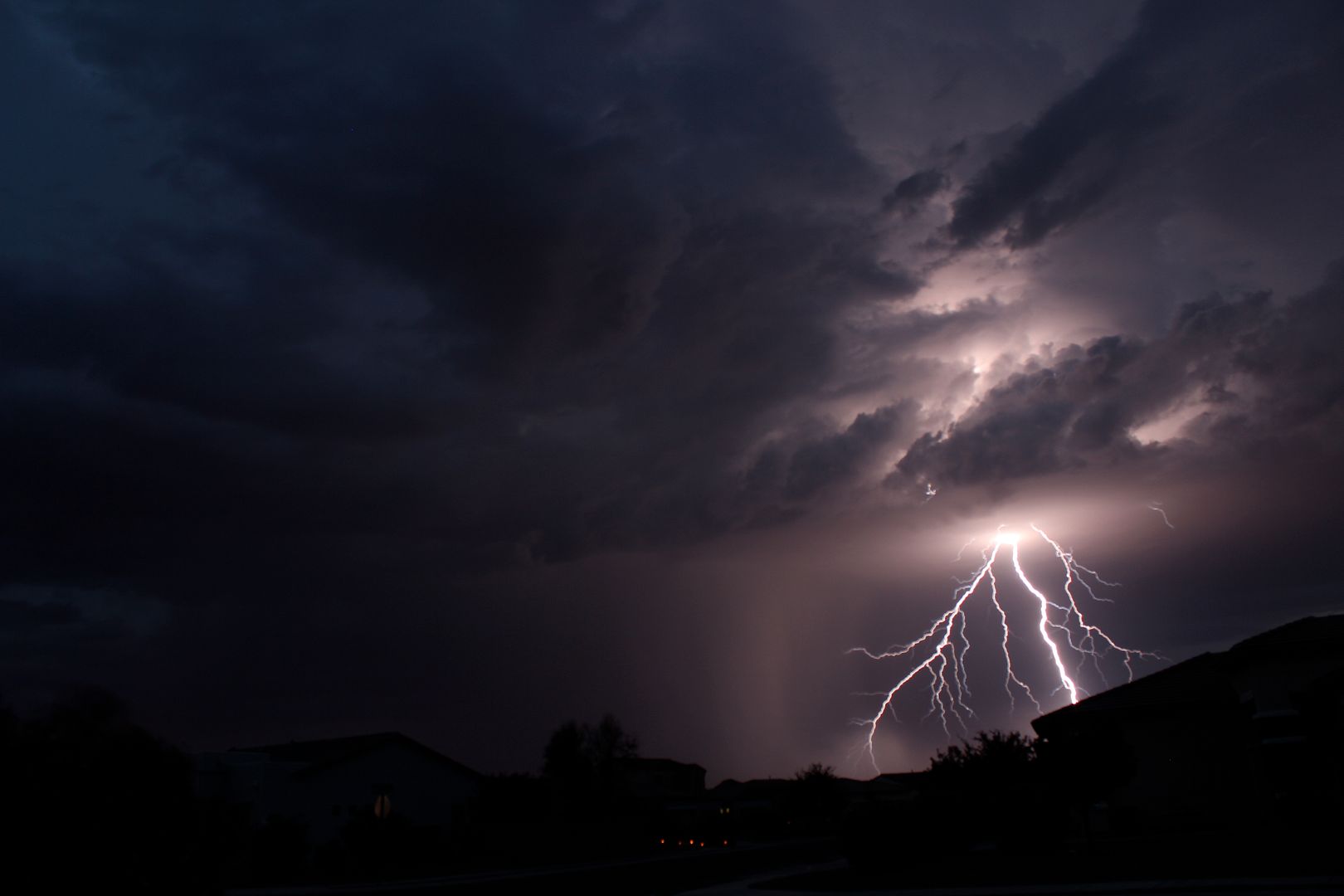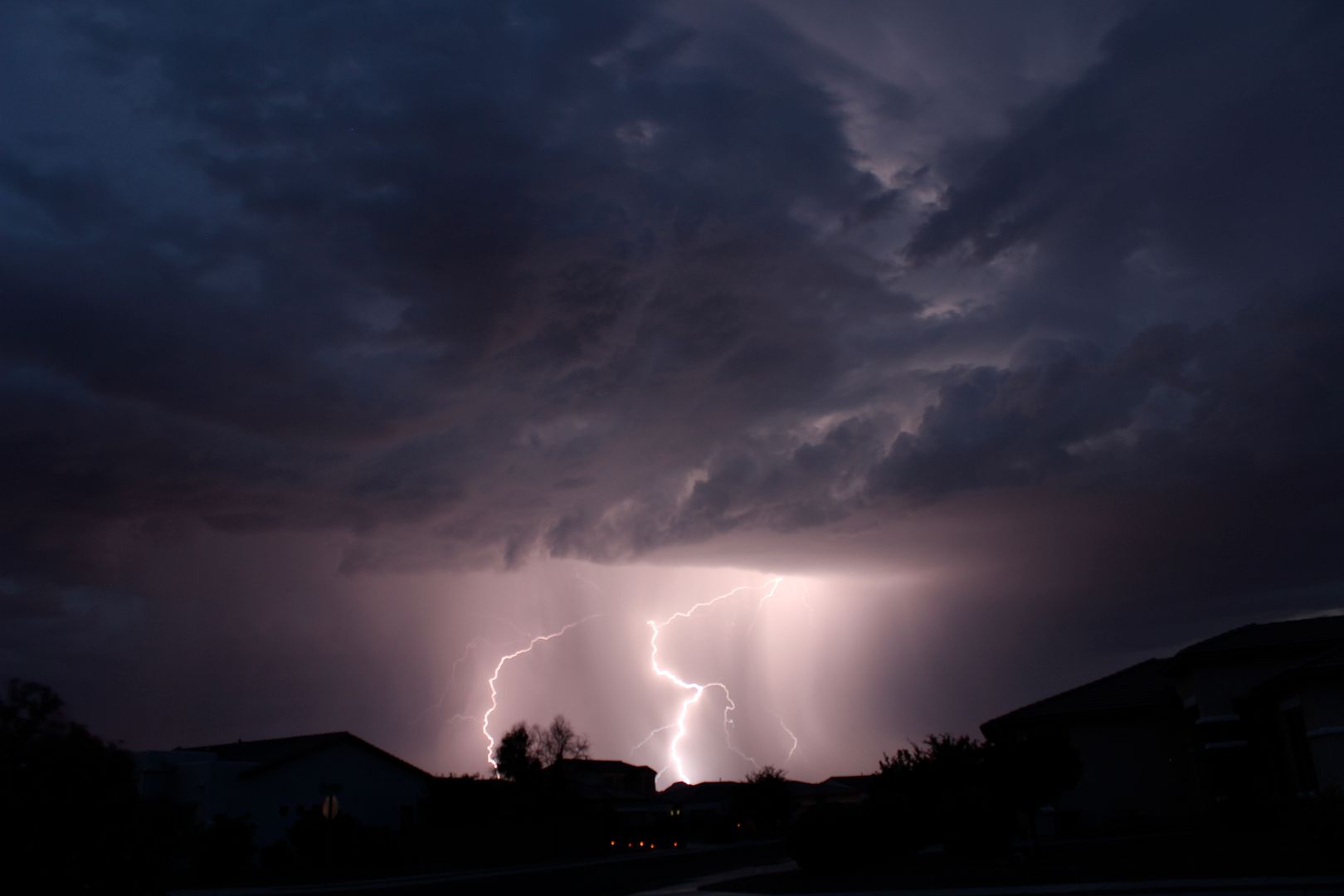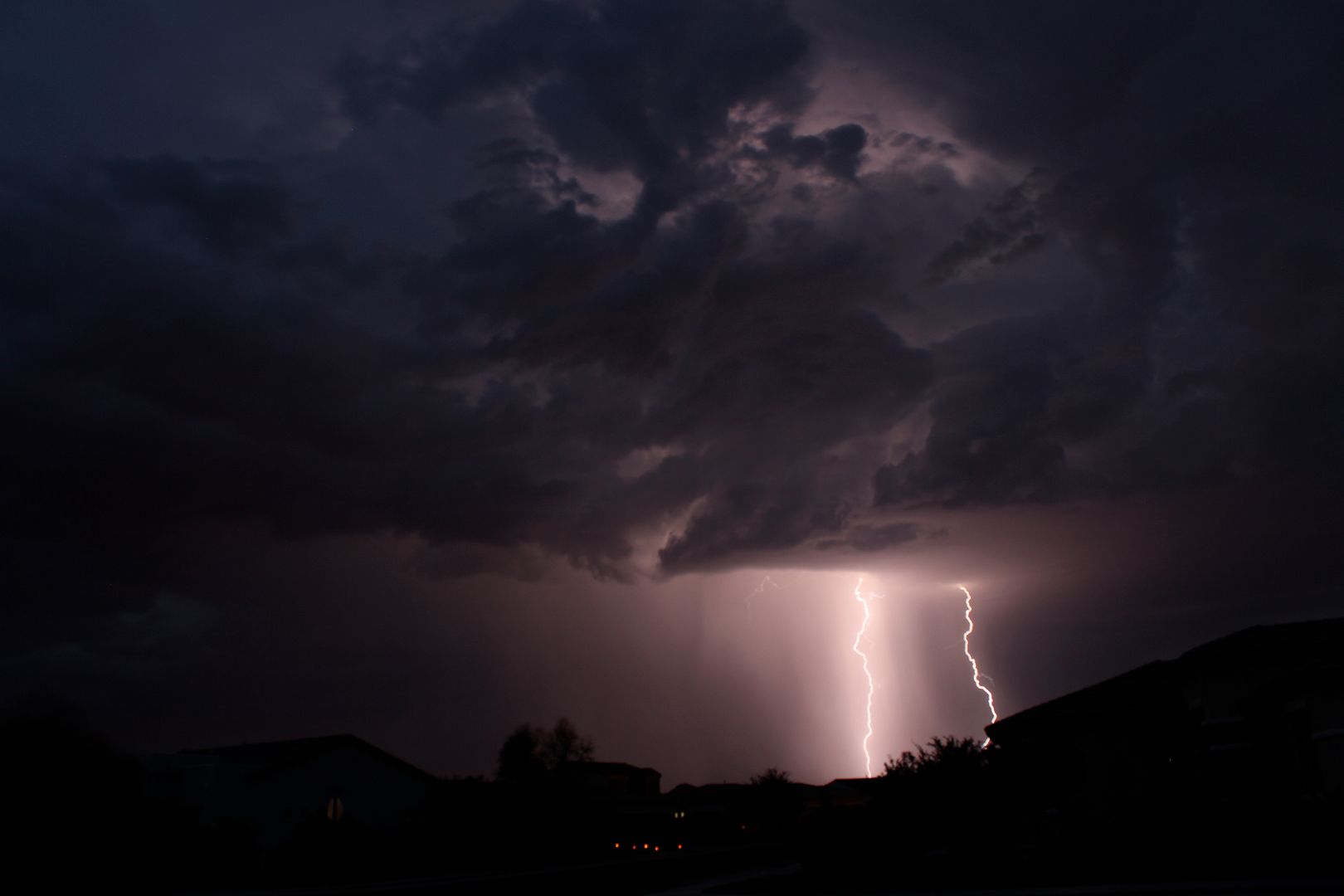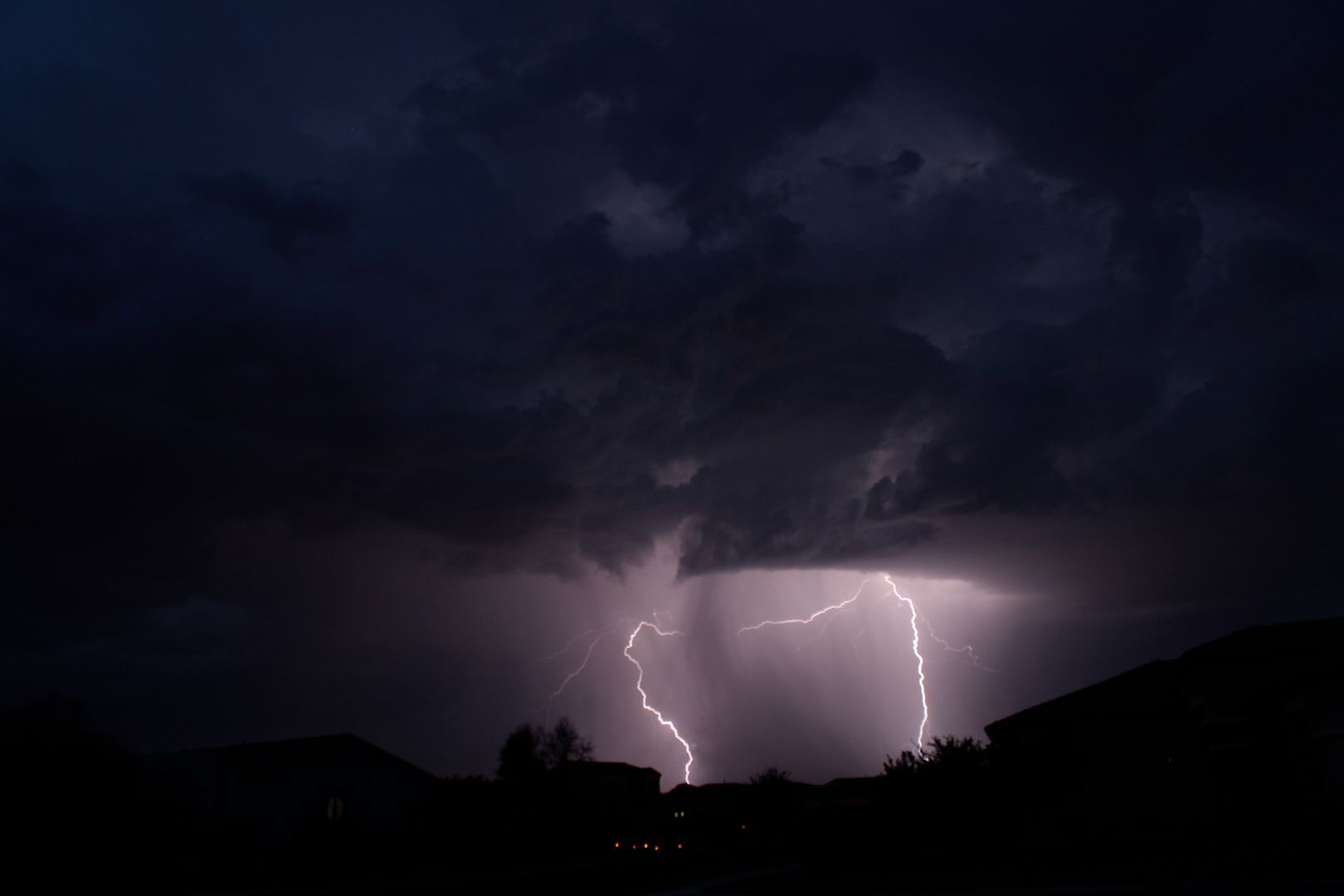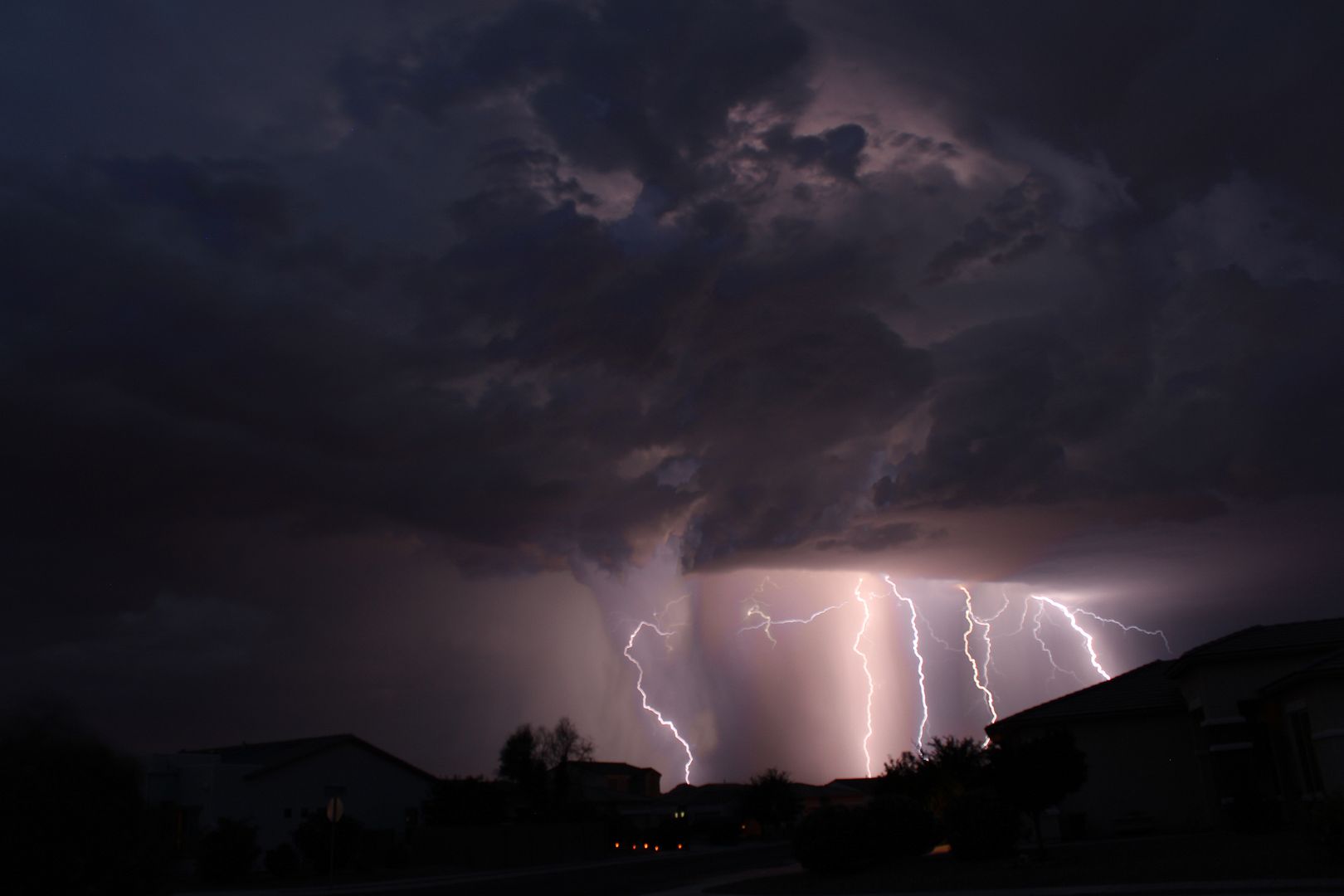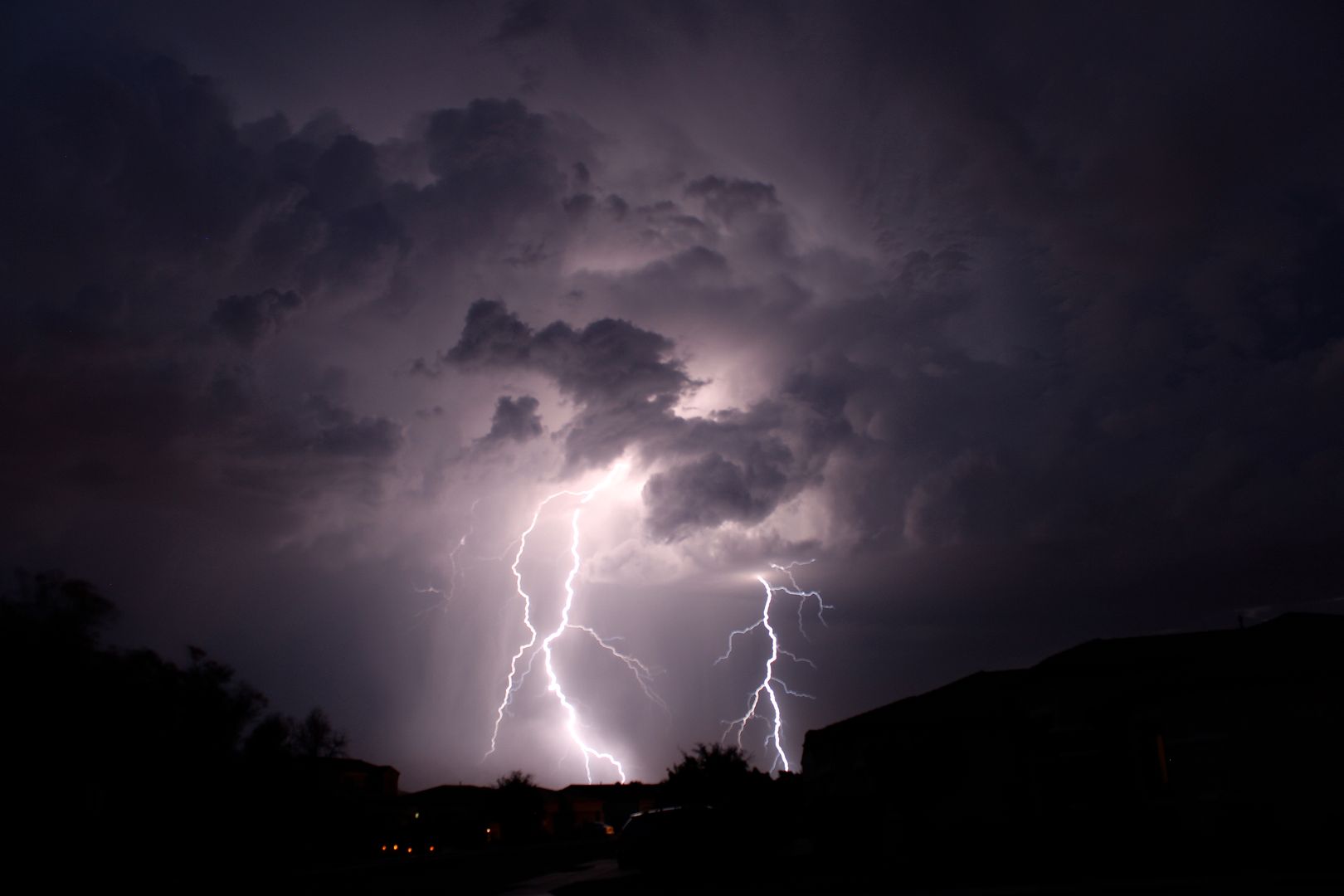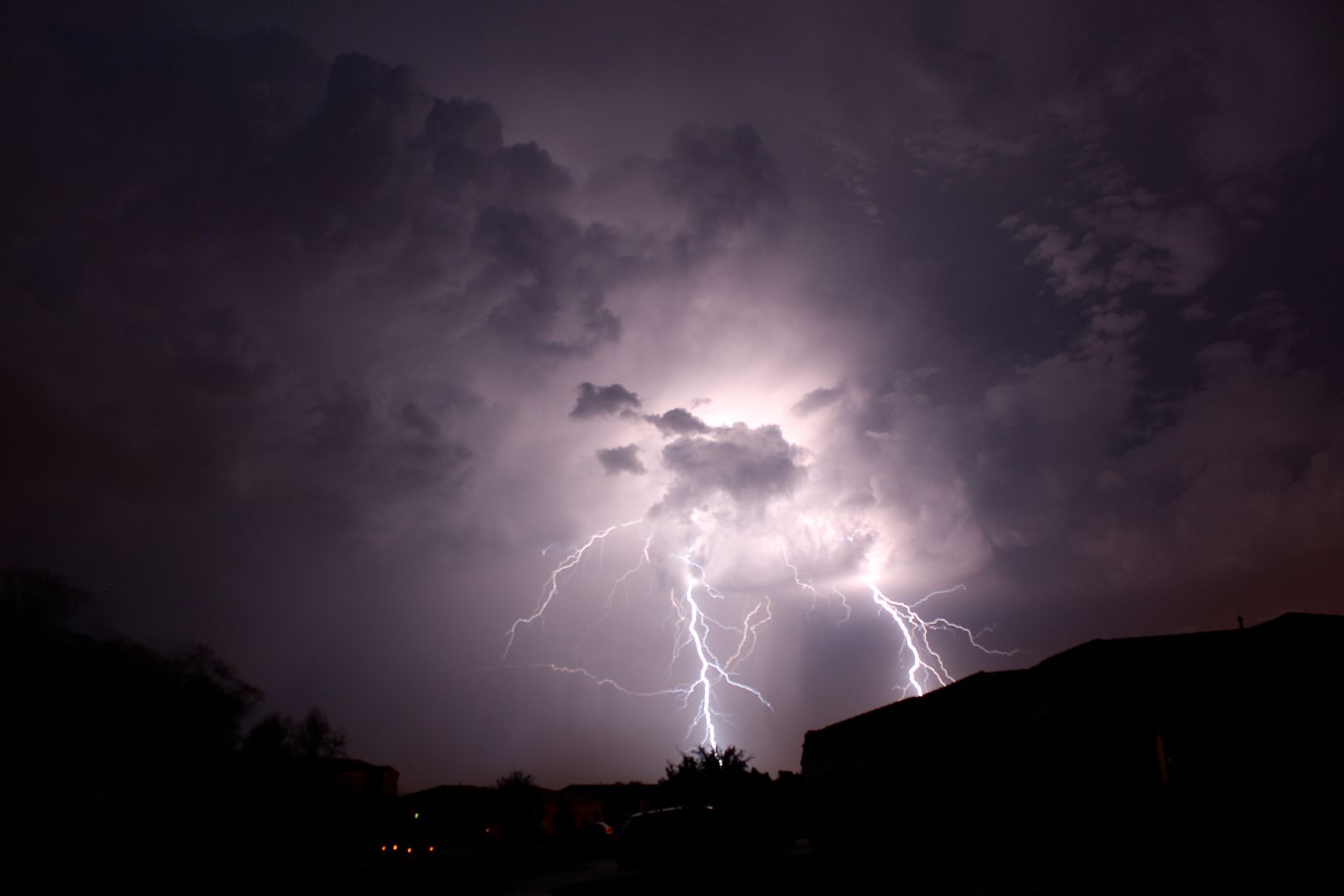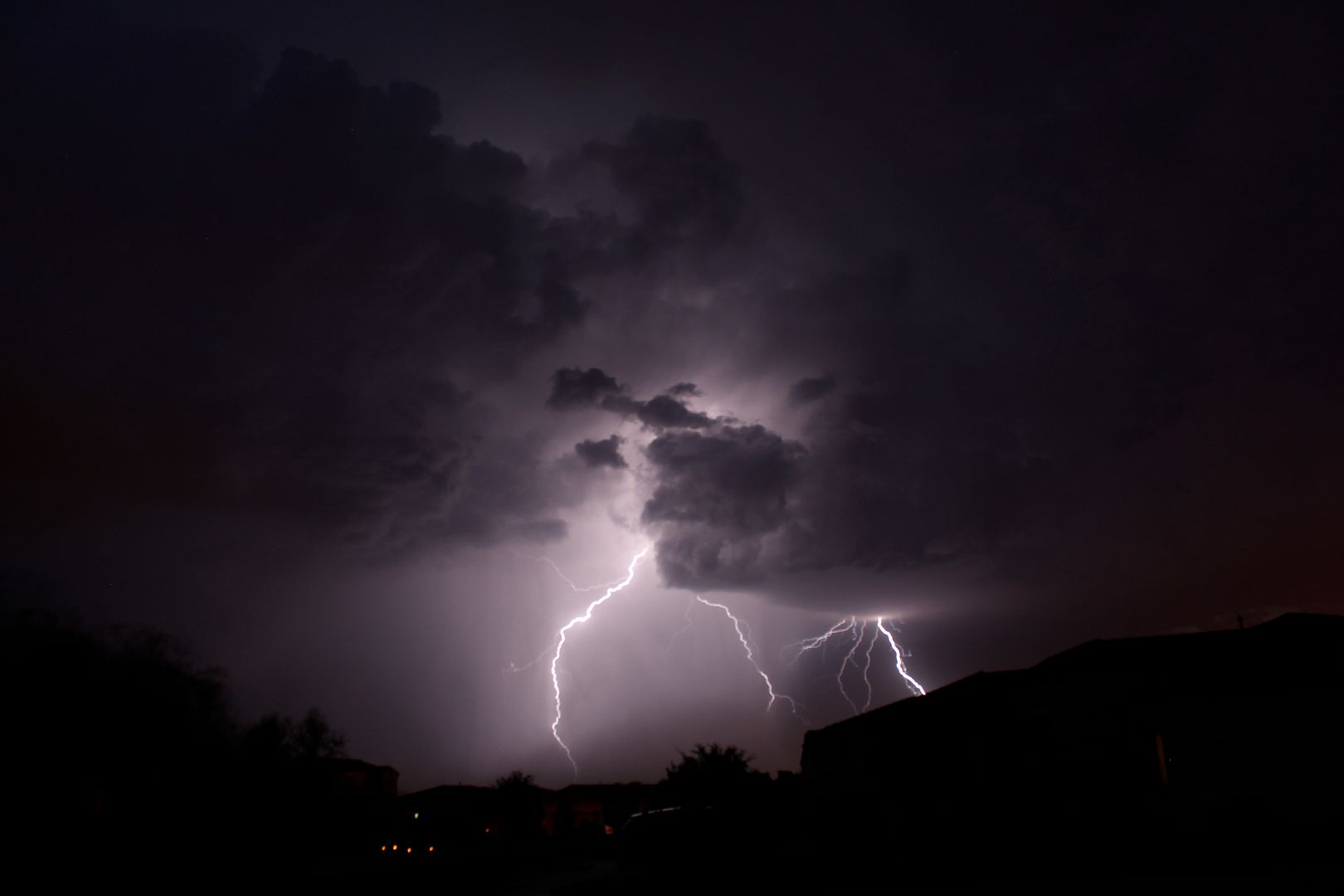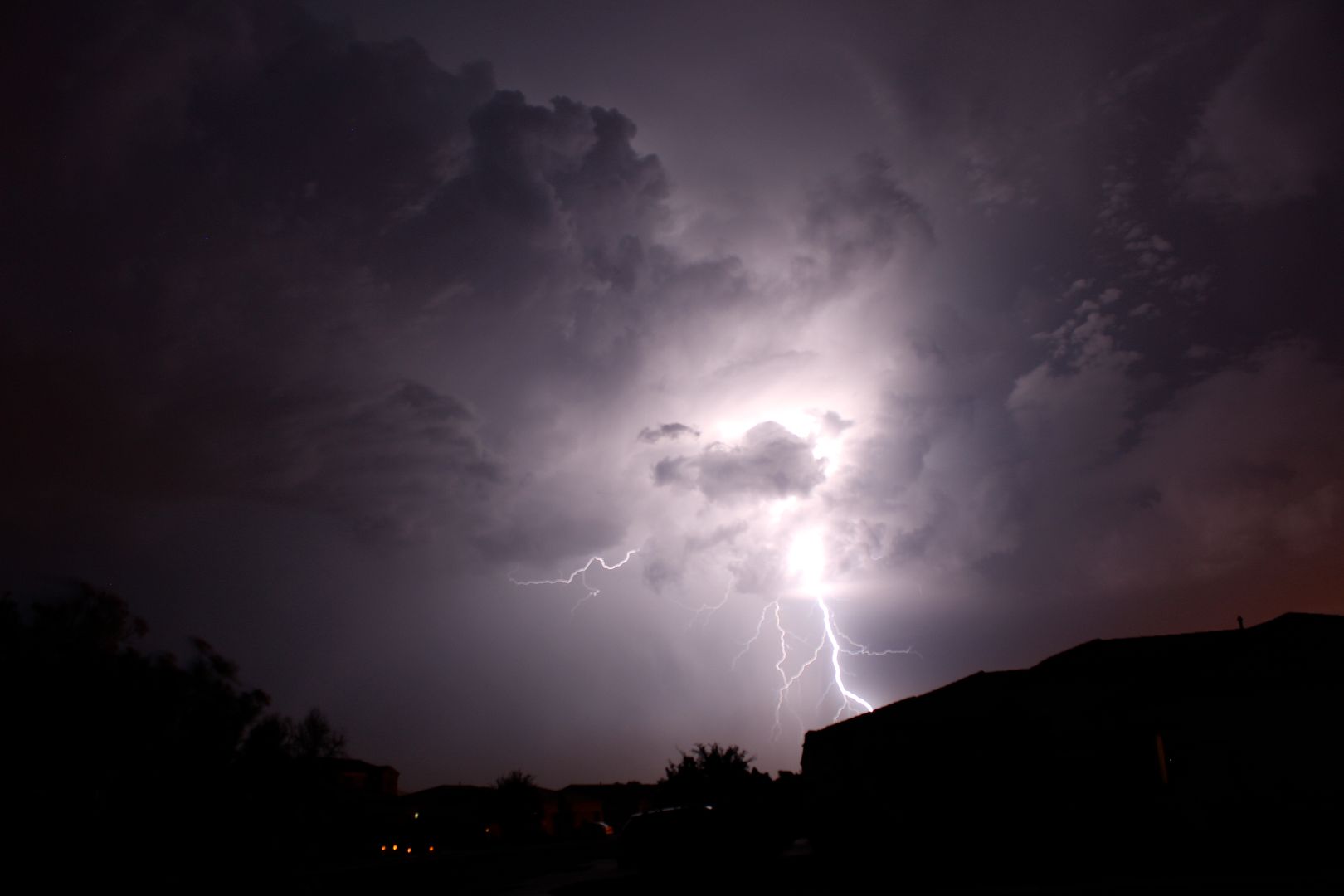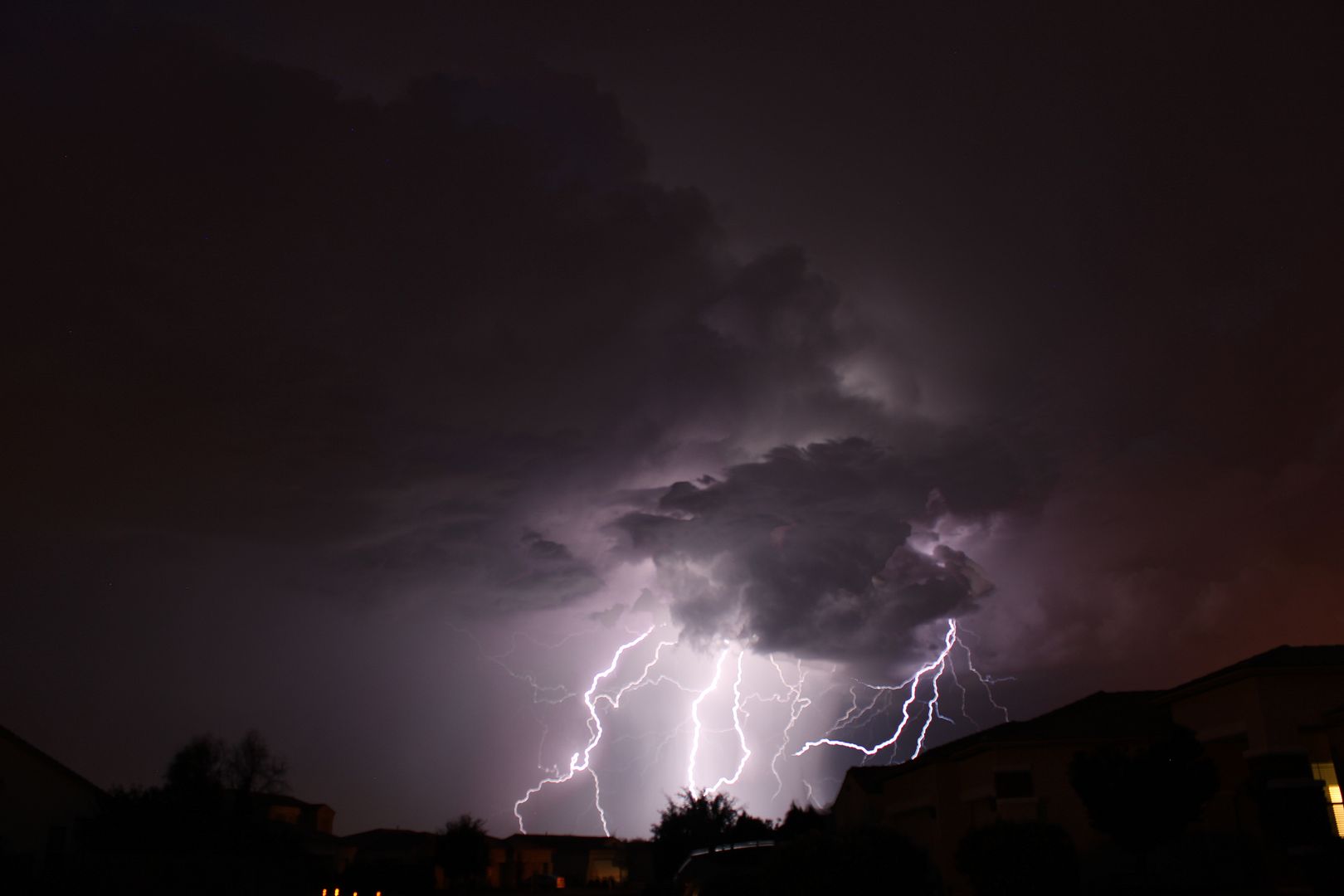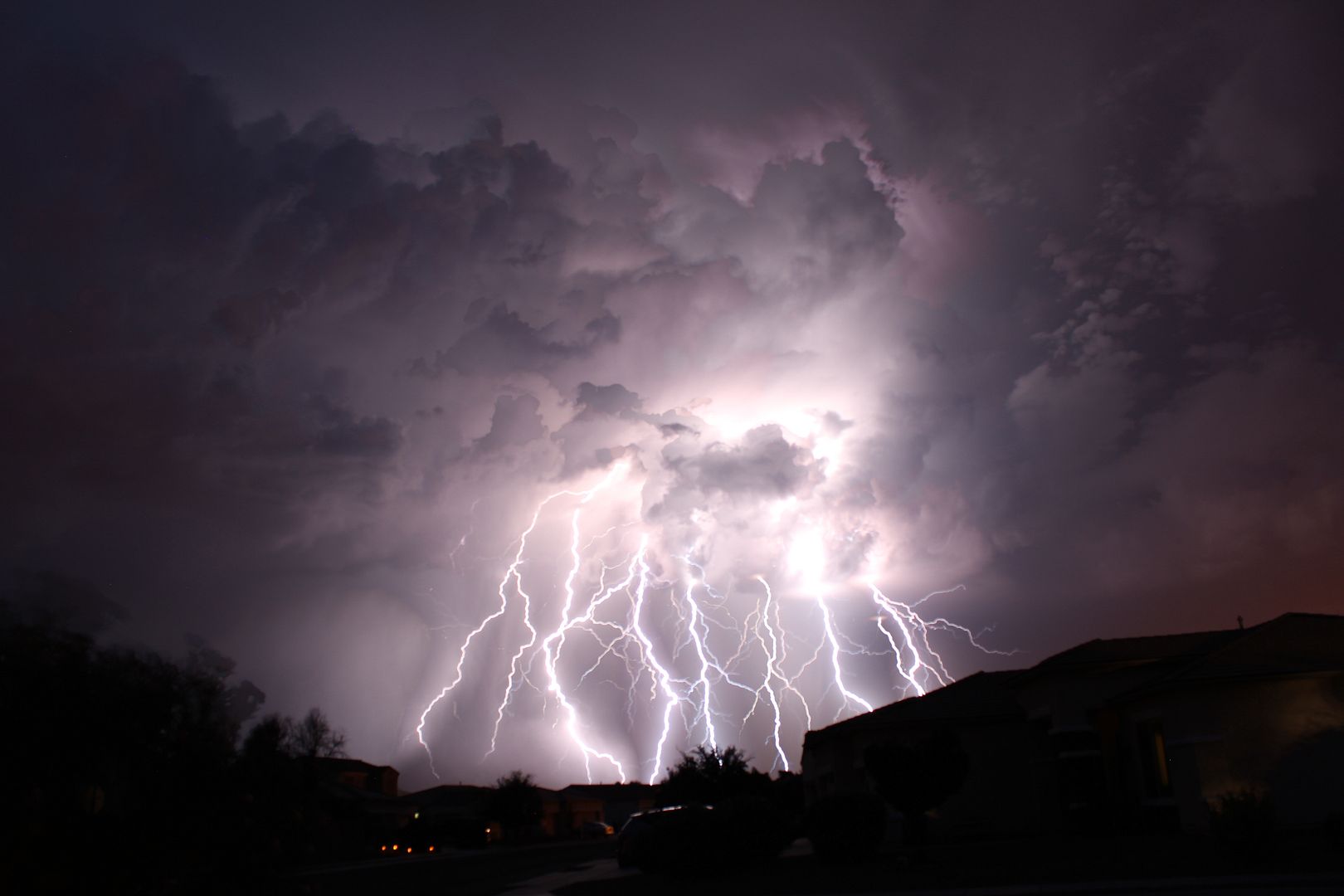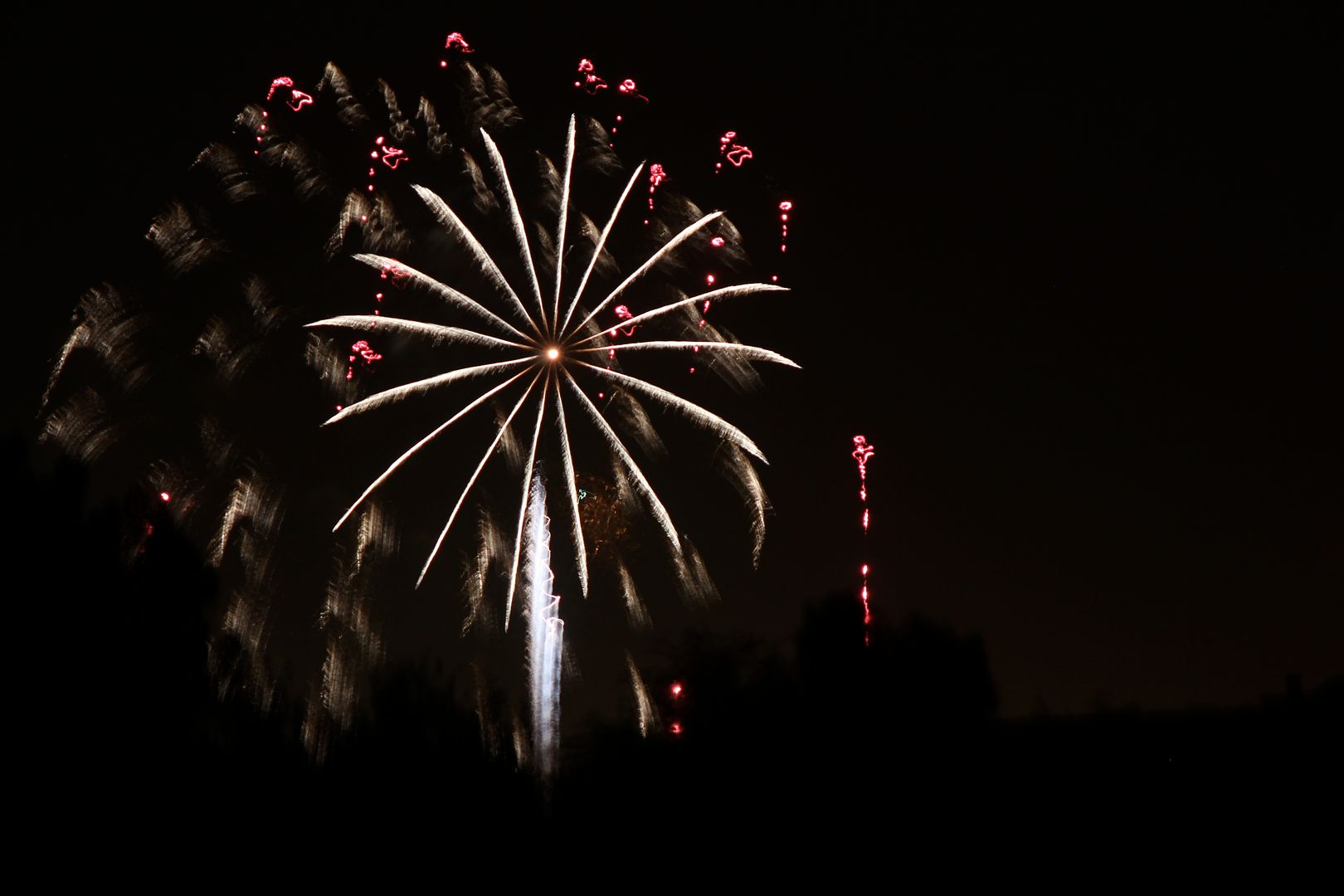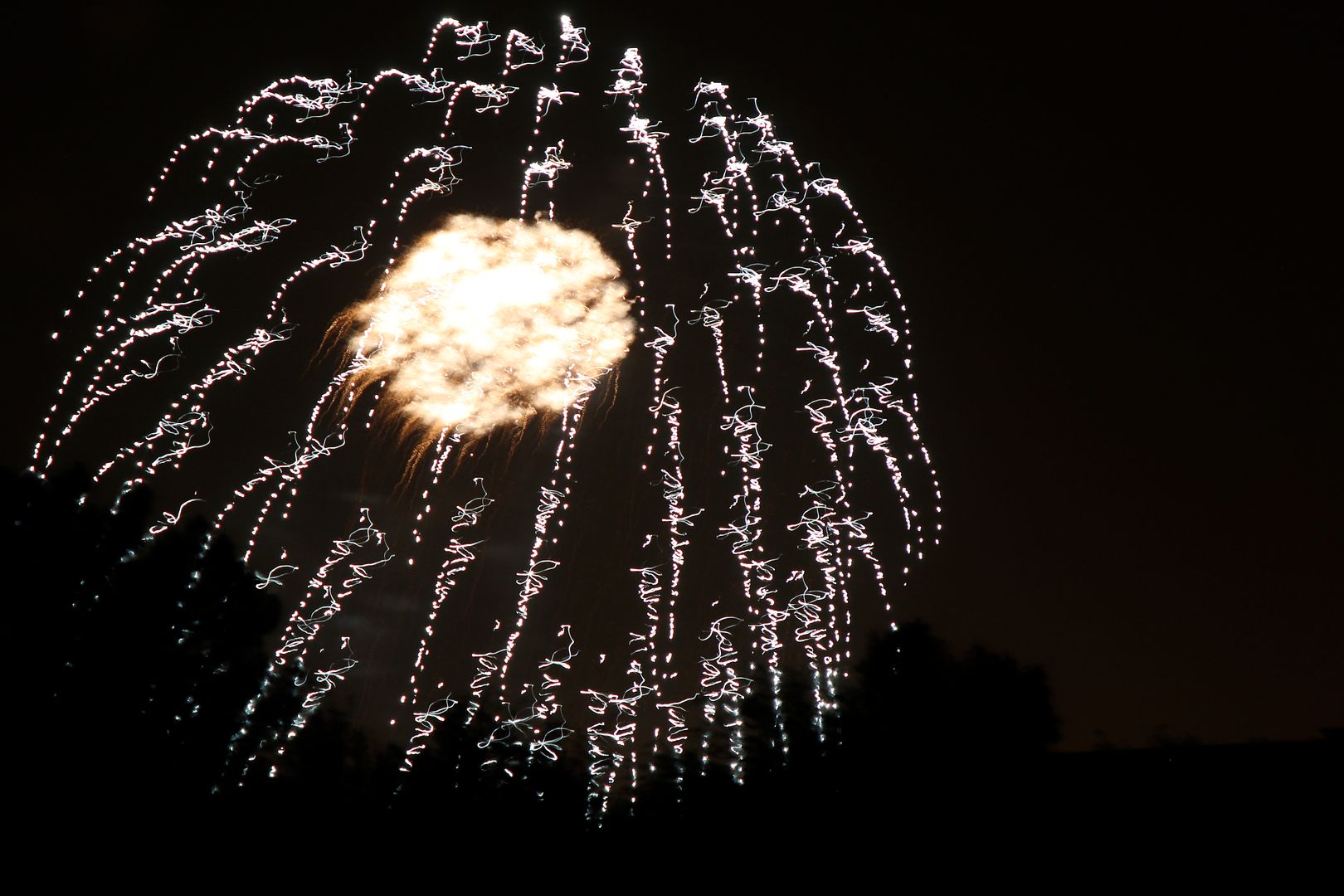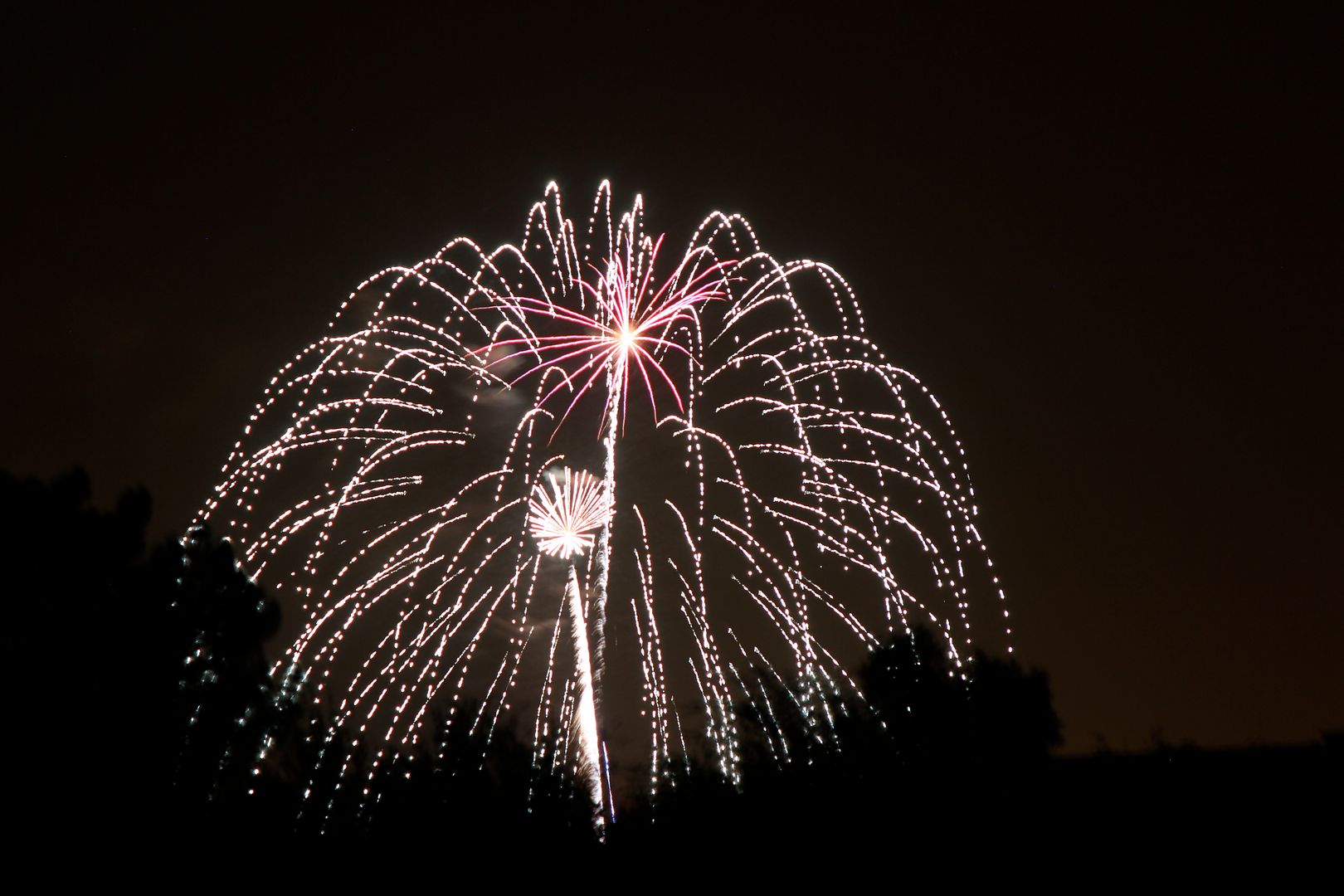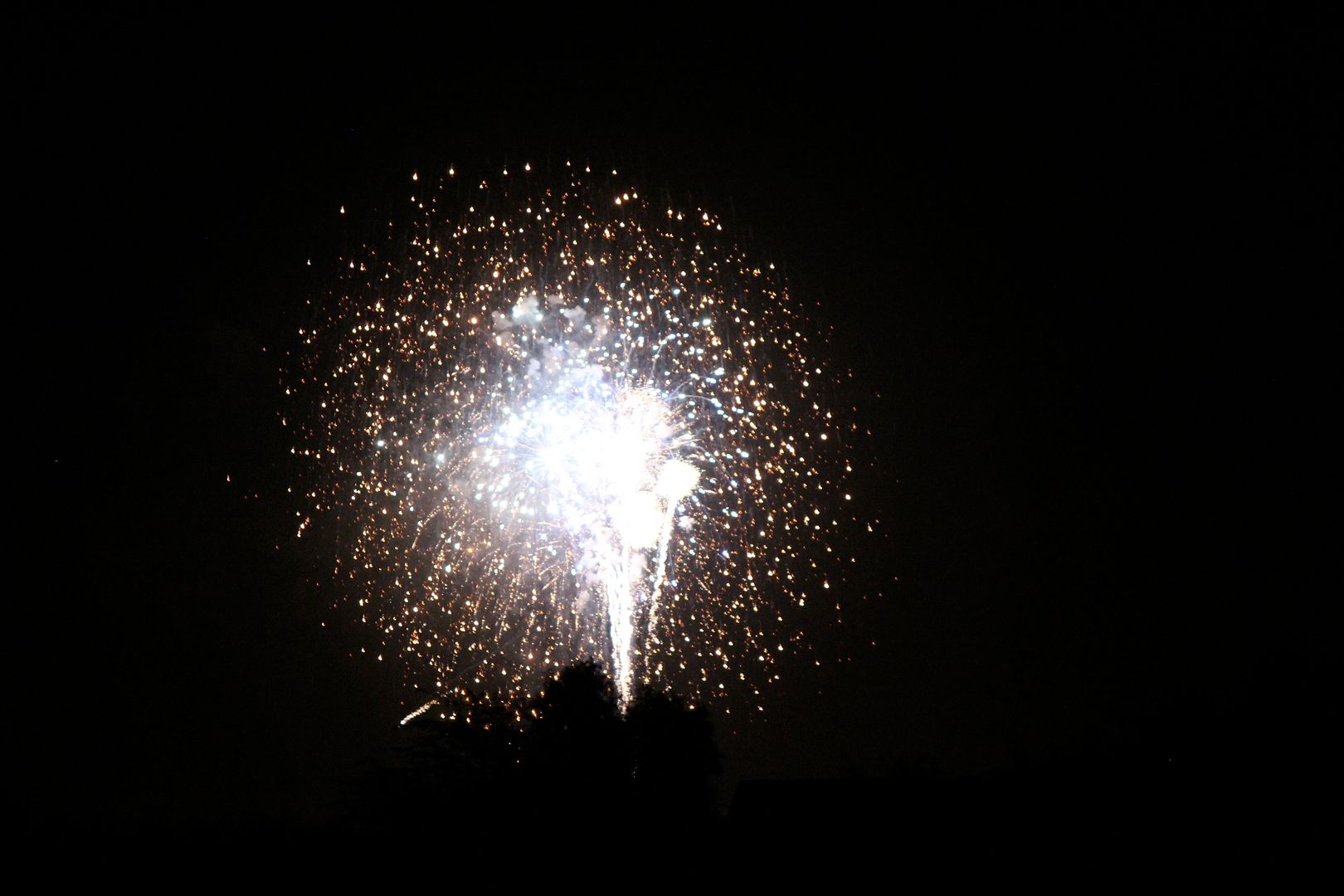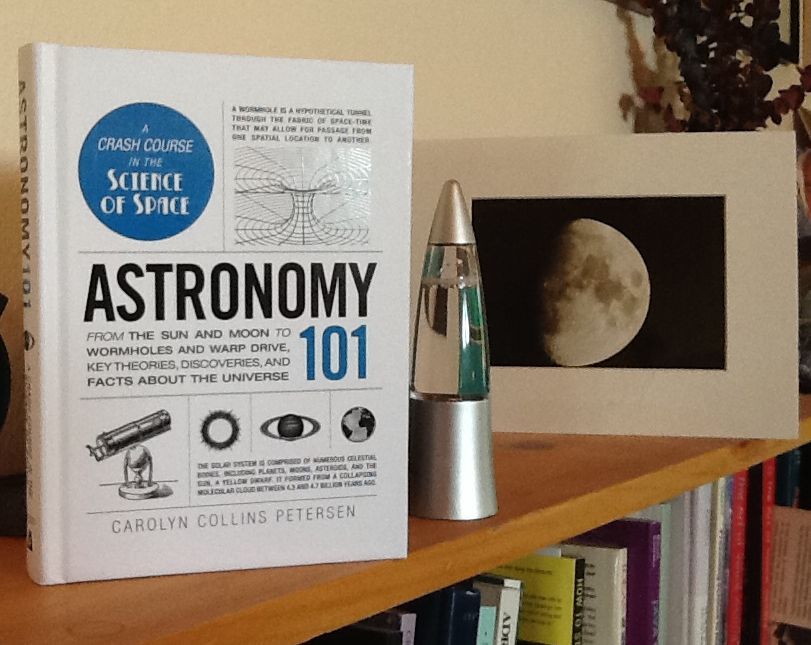The Enterprise is en route to Omicron Ceti III (That's an awesome planet name. Someone needs to give that name to a real planet.) where they expect to find the remains of a doomed Earth colony. Unknown at the time they settled, the planet is subjected to deadly doses of Berthold rays. No survivors are expected.
Kirk and the landing party are surprised to find that the colonists are alive and well. We soon learn that they are all in perfect health, complete with old wounds & missing organs having grown back, yet there is no other animal life.
Kirk has orders to evacuate the colony, but their leader, Elias Sandoval, is having nothing of it. They also meet up with an old aquantance of Spock's, Leila Kalomi - played by Jill Ireland. It seems that Leila, the colony's botanist, met Spock some years ago.
Spock and Leila head outside. Spock is puzzled about what is going on here and they have this exchange:
Spock: I would like to know how your people have managed to survive here.Leila takes Spock to a flowering plant which shoots him with spores.
Leila: I missed you.
Spock: Logically, you should all be dead.
Leila: If I tell you how we survived, will you try to understand how we feel about our life here? About each other?
Spock: Emotions are alien to me. I'm a scientist.
Leila: Someone else might believe that. Your shipmates, your Captain, but not me. Come.
After moments of turmoil, Spock is transformed and quite rapidly professes his love for Leila. This gives Leonard Nimoy a chance to really shine as Spock's character moves into previously uncharted territory.
As the influence of the spores is spreading to more people, Kirk is trying to get a handle on both the colonists, which are supposed to be evacuated, and his landing party. It leads to this a great exchange over the communicators between Kirk and Spock:
Kirk: Where are you?The tragic element of the story: for the first time ever Spock knows love and compassion and we know it can't last.
Spock: I don't believe I want to tell you.
Kirk: Spock, I don't know what you think you're doing, but this is an order. Report back to me at the settlement in ten minutes. We're evacuating all colonists to Starbase Twenty Seven.
Spock: No, I don't think so.
Kirk: You don't think so, what?
Spock: I don't think so, [pause] sir.
Soon Kirk confronts Spock and Sandoval.
Spock describes this world as being an Eden. Them's fightin' words to Kirk. He'll have none of that. As he says, "We weren't meant for that. None of us. Man stagnates if he has no ambition, no desire to be more than he is."
Kirk heads back to the ship only to find that the plants have been beamed aboard and have affected the rest of the crew, which mutinies.
Kirk sees them all lined up to beam down to the surface and confronts Mr. Leslie, who freely admits that this is mutiny.
In case you don't know, Mr. Leslie was played by Eddie Paskey. He was on 57 (!) episodes of the original series (That's more than Sulu or Chekov). Often he's just hanging out in the background. Occasionally he has a line or two or even plays another part (He killed Edith Keeler). Check out the link for more - you'll be glad you did.
Kirk is finally alone on the ship - the last one remaining when one of the plants gets him.
The spores briefly win over Kirk, but as he is preparing to leave the ship he is overwhelmed with emotion and their power over him is broken. He realizes that strong emotion is the key. Kirk has Spock beam up on the pretense that he needs helps with some equipment.
Once Spock is aboard, Kirk pulls out all the stops in an attempt to get Spock Angry, calling him mutinous, disloyal, computerised, half-breed, an overgrown jackrabbit, an elf with a hyperactive thyroid and more. And then, a "devil-eared freak whose father was a computer and his mother an encyclopedia." But it is not until Kirk mentions Spock's relationship with Leila that Spock starts to lose it.
They fight and Spock becomes free of the spores just before he really does some damage to Kirk. They come up with a scheme to get everybody worked up and fighting. It leads to everyone breaking free of the spores, even the colonists, and returning to the Enterprise. Even Sandoval, who wanted nothing to do with the evacuation admits that they have done nothing and it is time for them to go.
The episode closes with Kirk and McCoy asking Spock about his experience on Omicron Ceti III. Spock says, "I have little to say about it, Captain, except that for the first time in my life I was happy." It is well delivered and the viewer really gets a sense of the loss that Spock is feeling and how alone his existence is.
I rarely mention in these posts anything about who directed the particular episode that I am talking about but I will this time. Ralph Senensky directed and did a wonderful job. He also, years later, blogged about his work on Star Trek and the many other TV shows that he worked on. It is well worth your time to check out his blog and his post about this episode in particular. You can see clips of the episode on his blog, or watch the whole thing right here.
Next up is an excellent episode, Devil in the Dark.















